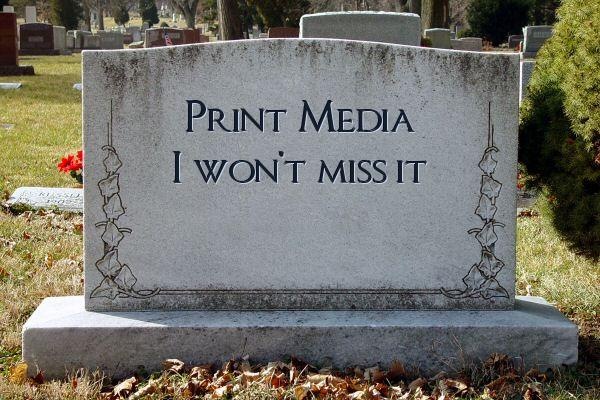
There’s a good article in the NYTimes today by my alter-ego (Michael Lewis) the author who wrote Moneyball, the influential book about stats and baseball. In the article he talks instead about the NBA and how the statistics are often misleading don’t tell the whole story. It’s also a case study of the Rockets forward Shane Battier and how while his stats are often horrible he’s an extremely valuable player, saying,
Battier’s game is a weird combination of obvious weaknesses and nearly invisible strengths. When he is on the court, his teammates get better, often a lot better, and his opponents get worse — often a lot worse.
He may not grab huge numbers of rebounds, but he has an uncanny ability to improve his teammates’ rebounding. He doesn’t shoot much, but when he does, he takes only the most efficient shots. He also ha
s a knack for getting the ball to teammates who are in a position to do the same, and he commits few turnovers. On defense, although he routinely guards the N.B.A.’s most prolific scorers, he significantly reduces their shooting percentages. At the same time he somehow improves the defensive efficiency of his teammates
Shane is an interesting case because almost everyone in the NBA, players and owners and GM’s, think Shane is overrated and not overly talented.
It was, and is, far easier to spot what Battier doesn’t do than what he does. His conventional statistics are unremarkable: he doesn’t score many points, snag many rebounds, block many shots, steal many balls or dish out many assists. On top of that, it is easy to see what he can never do: what points he scores tend to come from jump shots taken immediately after receiving a pass. “That’s the telltale sign of someone who can’t ramp up his offense,”
Going further about Shane,:
“I call him Lego,” Morey says. “When he’s on the court, all the pieces start to fit together. And everything that leads to winning that you can get to through intellect instead of innate ability, Shane excels in. I’ll bet he’s in the hundredth percentile of every category.”
The article is great and discusses how the traditional box score is extremely outdated and there’s new, better thinking about statistics that are much more relevant. For example, if you want to know a player’s value as a rebounder, you need to know not whether he got a rebound but the likelihood of the team getting the rebound when a missed shot enters that player’s zone.
Basketball is unique in this way as the stats are more intermingled with the play than baseball and football where it’s easier to seperate the indivudal from the team. Either way, it’s a good article and worth a read. it’s here:
![Reblog this post [with Zemanta]](http://img.zemanta.com/reblog_e.png?x-id=741d5b80-2a70-488a-91d8-b8fe112a7ec7)




![Reblog this post [with Zemanta]](http://img.zemanta.com/reblog_e.png?x-id=3bf71127-f750-4676-a7a6-788f8db2e121)

![Reblog this post [with Zemanta]](http://img.zemanta.com/reblog_e.png?x-id=d31770bc-5bf3-4fed-87a7-d0c66d46974e)
 they only focus on who scored the points and why one team won. They rarely go into the details of what was happening. They don’t give you a feel of the game. Blogs will tell you straight-up what’s happening. If you don’t watch the game, this is huge. It’s as if you are getting a report from a friend (subjective blog) rather than a robot (objective newspaper).
they only focus on who scored the points and why one team won. They rarely go into the details of what was happening. They don’t give you a feel of the game. Blogs will tell you straight-up what’s happening. If you don’t watch the game, this is huge. It’s as if you are getting a report from a friend (subjective blog) rather than a robot (objective newspaper).![Reblog this post [with Zemanta]](http://img.zemanta.com/reblog_e.png?x-id=30d6baef-6f40-4eb6-9630-153f86b3a344)
![Reblog this post [with Zemanta]](http://img.zemanta.com/reblog_e.png?x-id=66cf7bdb-99f6-4472-88b8-84e590fa902b)
![Reblog this post [with Zemanta]](http://img.zemanta.com/reblog_e.png?x-id=d2d24b82-3944-4f77-a97e-8199a74f6e53)


![Reblog this post [with Zemanta]](http://img.zemanta.com/reblog_e.png?x-id=a1e76c5d-54c6-4a58-9b34-6fef16642dcc)

![Reblog this post [with Zemanta]](http://img.zemanta.com/reblog_e.png?x-id=3bfeac75-d296-4e82-a9c1-d09e041e9909)


![Reblog this post [with Zemanta]](http://img.zemanta.com/reblog_c.png?x-id=44e903c1-822c-422a-be14-28ce4dd6a81a)